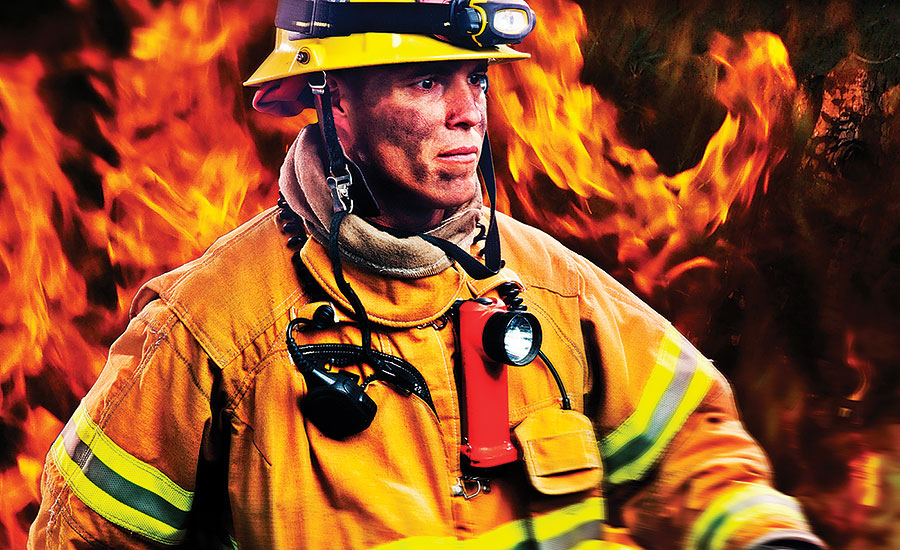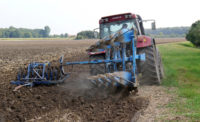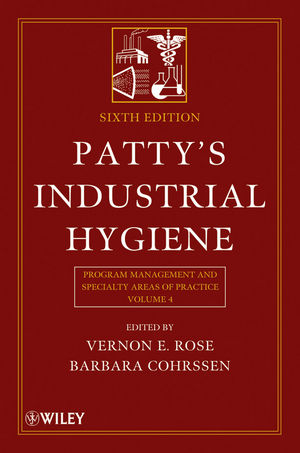Since 1974, civilian deaths from fire in the United States have been reduced by more than 50 percent. Unfortunately, injuries and fatalities of firefighters are not being reduced at the same rate. In fact, the rate of firefighter fatalities on the fireground (that’s where a fire is fought) has increased. My research colleagues and I at the National Institute of Standards and Technology are looking into why.
Fuel-rich homes
The reasons may be twofold. Research has shown that as the construction and content of our homes has changed, the behavior of fires has also changed. Homes today are a very “fuel rich” environment thanks to more furnishings and belongings overall. As a result, once a fire starts, it will quickly fill a home with toxic, gaseous fuels that only need oxygen to continue burning. Homes today are energy efficient and therefore tightly built to limit unwanted exchanges of air and heat. That means the home can store a build-up of gaseous fuel and heat while the firefighters are en route. This scenario presents the potential for rapid fire growth once the firefighters enter the home.
Unintended consequences of protective equipment
The second reason may have to do with the protective equipment firefighters use. Since the 1970s, developments in equipment have resulted in higher levels of protection from both thermal and toxic gas hazards. Unfortunately, this equipment also makes it difficult for firefighters to sense when the environment exceeds the capabilities of their gear. By the time the firefighters “feel the heat,” they may be past the point of no return.
The changing nature of fires and the equipment firefighters use mean it’s time for changes in firefighting techniques.
Since passage of the Fire Prevention and Control Act in 1974, NIST has had a focused research program to understand fire behavior as a means to reduce losses. Recently, researchers at NIST and their fire department, academic and industry partners have demonstrated new and non-traditional firefighting tactics through laboratory and field experiments. They are looking at how fires develop, how ventilation impacts a fire, and how best to attack a fire from outside the structure. These concepts are now being taught and used successfully by fire departments across the country, most notably in New York City, Chicago, Cleveland, Houston and Los Angeles County.
As part of our efforts to make sure fire services learn about the very latest research, on Aug. 25, 2015, NIST partnered with the International Association of Fire Fighters (IAFF) to provide a day of free seminars and laboratory tours at our facilities in Gaithersburg, Md. More than 400 firefighters from the United States, Australia, Canada and the United Kingdom came to learn about how science can improve their firefighting and their safety.
NIST researchers recently discussed the results of fire experiments conducted in Chicago, Delaware Co. (Penn.), New York City and Spartanburg, S.C., that focused on ventilation-limited fires, fire flow paths and “pushing” fire in the direction you want it to go. The National Fire Protection Association plans to develop a “Guide on Structural Firefighting based on Fire Dynamics” to help get these results into practice.
The firefighters who visited NIST also learned about results from laboratory-scale experiments conducted in a unique device that exposes firefighting protective equipment to convective thermal flows like those that occur during a fire. This device and these experiments are being proposed to the organizations that are developing new standards for portable radios and other electronic safety equipment used by firefighters.
The firefighters also heard from two departments that are already seeing results from moving research from the lab to the street. Assistant Chief Derek Alkonis with the Los Angeles County Fire Department and Operations Chief Sean DeCrane of the Cleveland Fire Department explained how they are using fire research results to change their departments’ firefighting tactics. Los Angeles County has shown a decrease in firefighter injuries and property loss since starting to use the research-based tactics.
Today’s fires are very different from fires of the past. The way we fight fires has to keep up with these changes so that we can continue to reduce overall fatalities and protect the very people trying to keep us safe.




